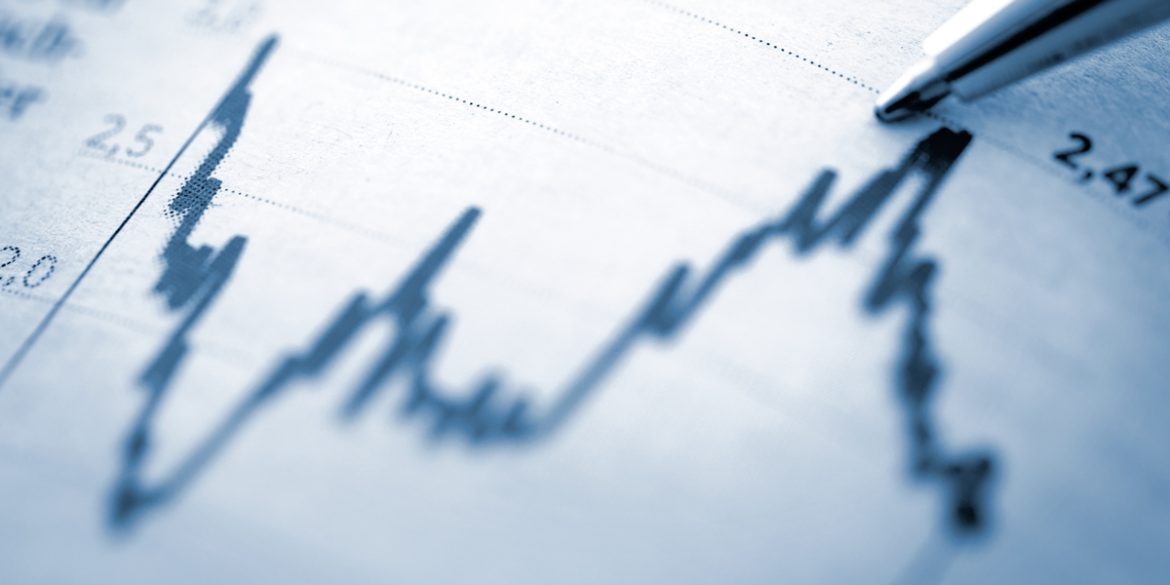2022: The Year of the Interest Rate
There’s so much happening in the economy right now that it’s tough to nail down exactly what the biggest story is on any given day. From politics to pandemic debates, headlines are dominated by breaking news and dramatic developments.
When it comes to dollars and cents, however, the biggest storyline in 2022 is rising interest rates. A modest change in interest rates might not seem like a huge story, but it has an outsized impact on the financial fortunes of institutions and individuals across the country.
As interest rates continue to rise throughout 2022 (including a recent two-year high on the 10-year treasury), it’s especially important to understand what they are, where they come from, why they matter, and how they affect not just investment decisions and asset values, but your bottom line.
Interest rates 101
The Federal Reserve System (the “Fed”), the central bank of the United States, sets monetary policy designed to keep the national economy balanced and on track. One of the primary tools in its arsenal is the ability to set the federal funds target rate (the rate at which commercial banks borrow and lend their excess reserves to each other overnight). The Fed’s response to rising inflation, for example, will be to increase interest rates.
Why does that matter?
As the famous Warren Buffett has observed, “At all times, in all markets, in all parts of the world, the tiniest change in rates changes the value of every financial asset.”
Context and consequences
Generally, when interest rates rise, stocks and bonds decrease in value. The fact that the NASDAQ, the S&P, and the Dow have all dipped at the start of 2022 is likely due, at least in part, to the anticipation of what some analysts and observers think could be a year where we see around four interest rate hikes. Rising interest rates discount the price of fixed-income securities, which become less appealing once interest rates exceed the fixed rate at which they were purchased, and higher return on investment (ROI) opportunities become available.
We are near historic lows right now in interest rates. The yield on 10-year treasury note is currently around 1.85%. To put that into context, that number was over 3% as recently as the end of 2018 and was north of 5% in 2002. But it is higher than in August of 2020, when it dipped as low as 0.53%.
What does this mean for you?
While making predictions is always tricky, the combination of rising inflation and relatively low interest rates indicate that we are going to see rates rise in 2022. There is a natural tendency to get nervous when asset prices drop in the near term, but it’s important not to overreact to these natural fluctuations. In circumstances like these, Nemes Rush’s approach is to embrace a long-term perspective. Don’t be reactive, don’t sell hastily, and don’t trade on margin. There will be peaks and valleys, but it’s important to stay the course. In the inherently cyclical interplay of interest rate changes and market dynamics, remaining steady pays off.
Remember that the market is often volatile in the short-term but consistent in the long-term—look no further than what happened to asset prices from late February of 2020 to early April of 2020…a 34% drop in the S&P 500! Our advice to you during those dark times was, “This too shall pass.” Nobody could’ve guessed how quickly the market would rebound, but even if the recovery had taken longer, it would’ve happened, nonetheless. When we look to similar periods in history, we come back to the same advice…those who buy and hold strong positions within their risk tolerance will win in the long-term.
And so, while rising interest rates won’t look favorable to assets in the short-term, there’s no reason to sell if your risk level is appropriate. To the contrary: it may represent a potential buying opportunity. These are all things to consider and discuss with us as we monitor interest rates and other market developments throughout the year ahead.


